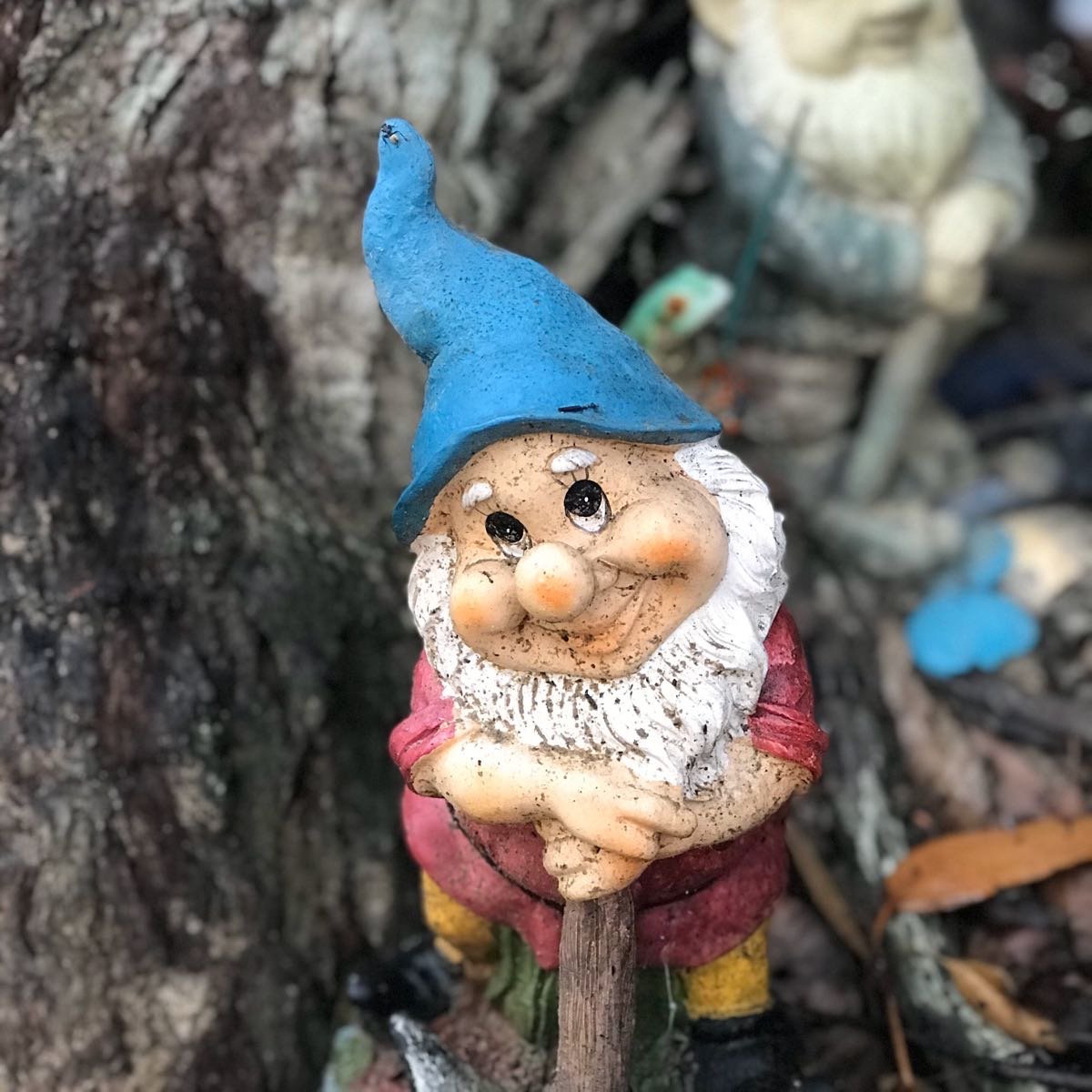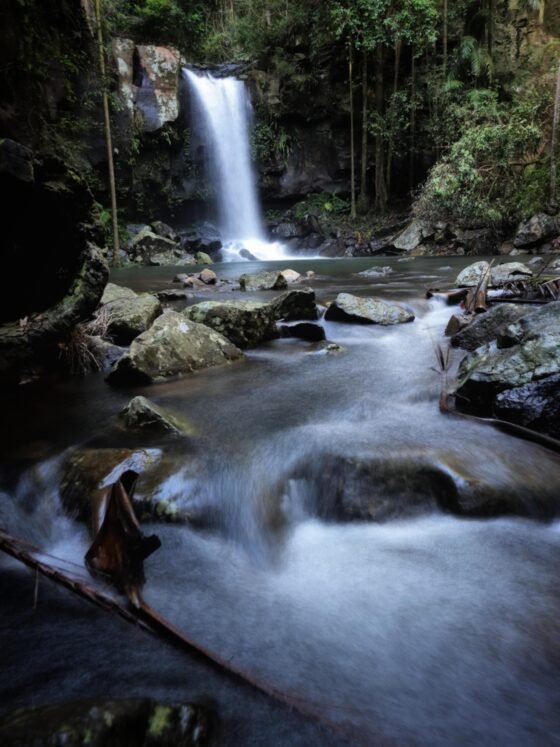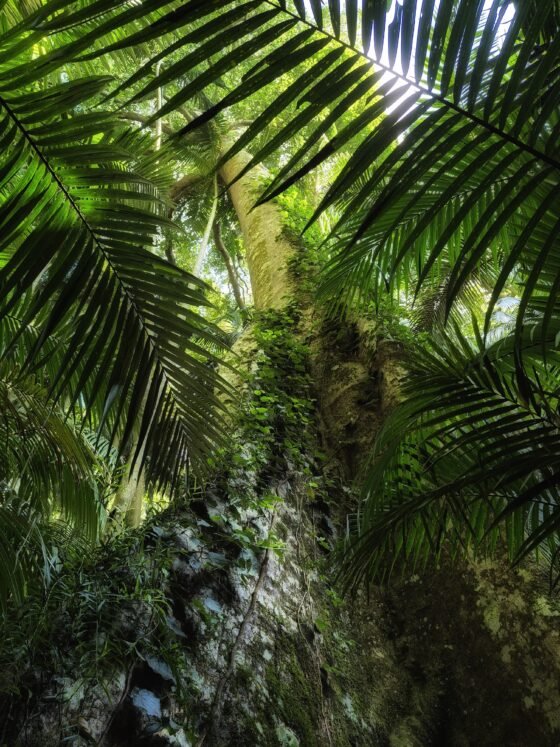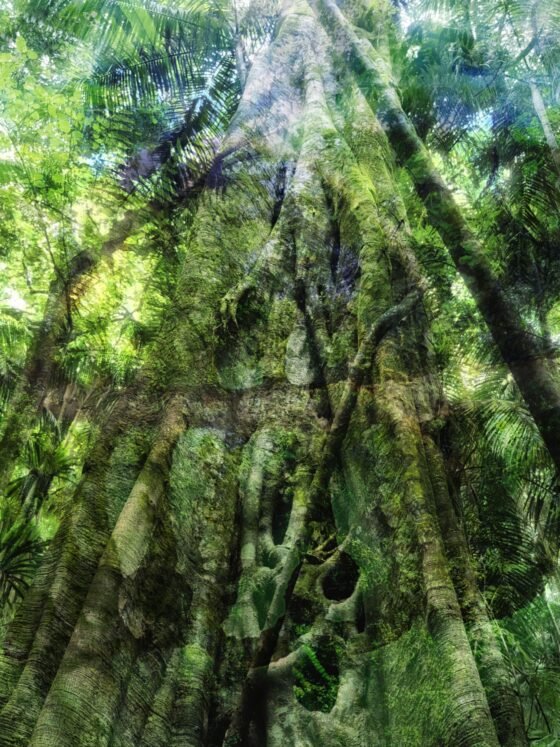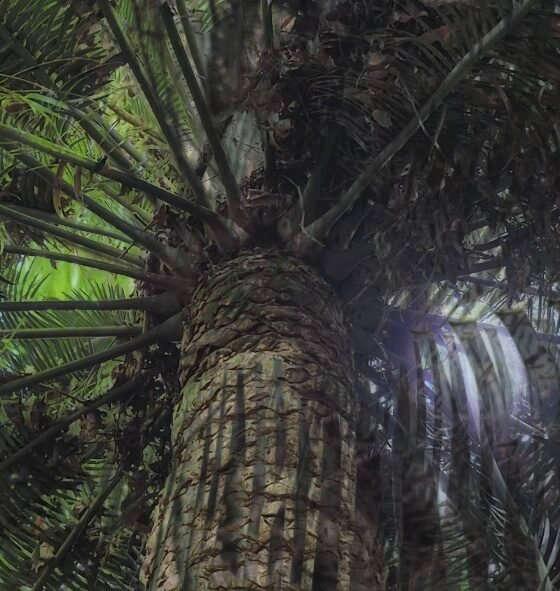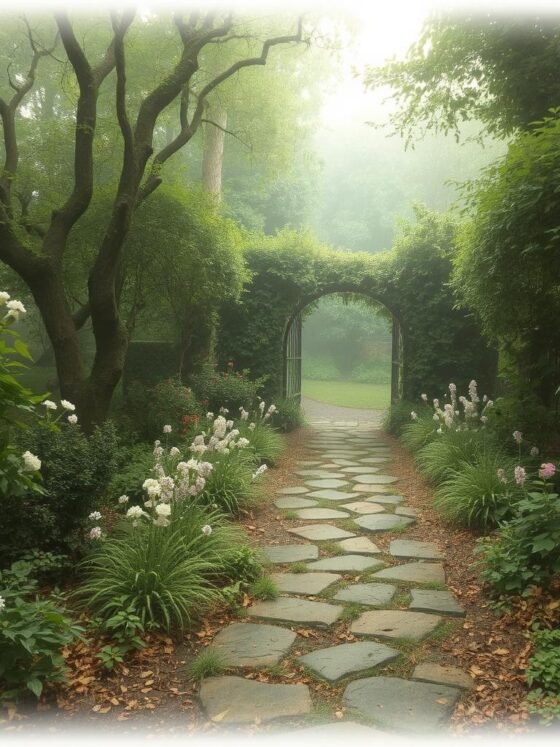Story in a Bottle: Boabs, Bottle Trees, Banksias, Hairy Men and Hugs
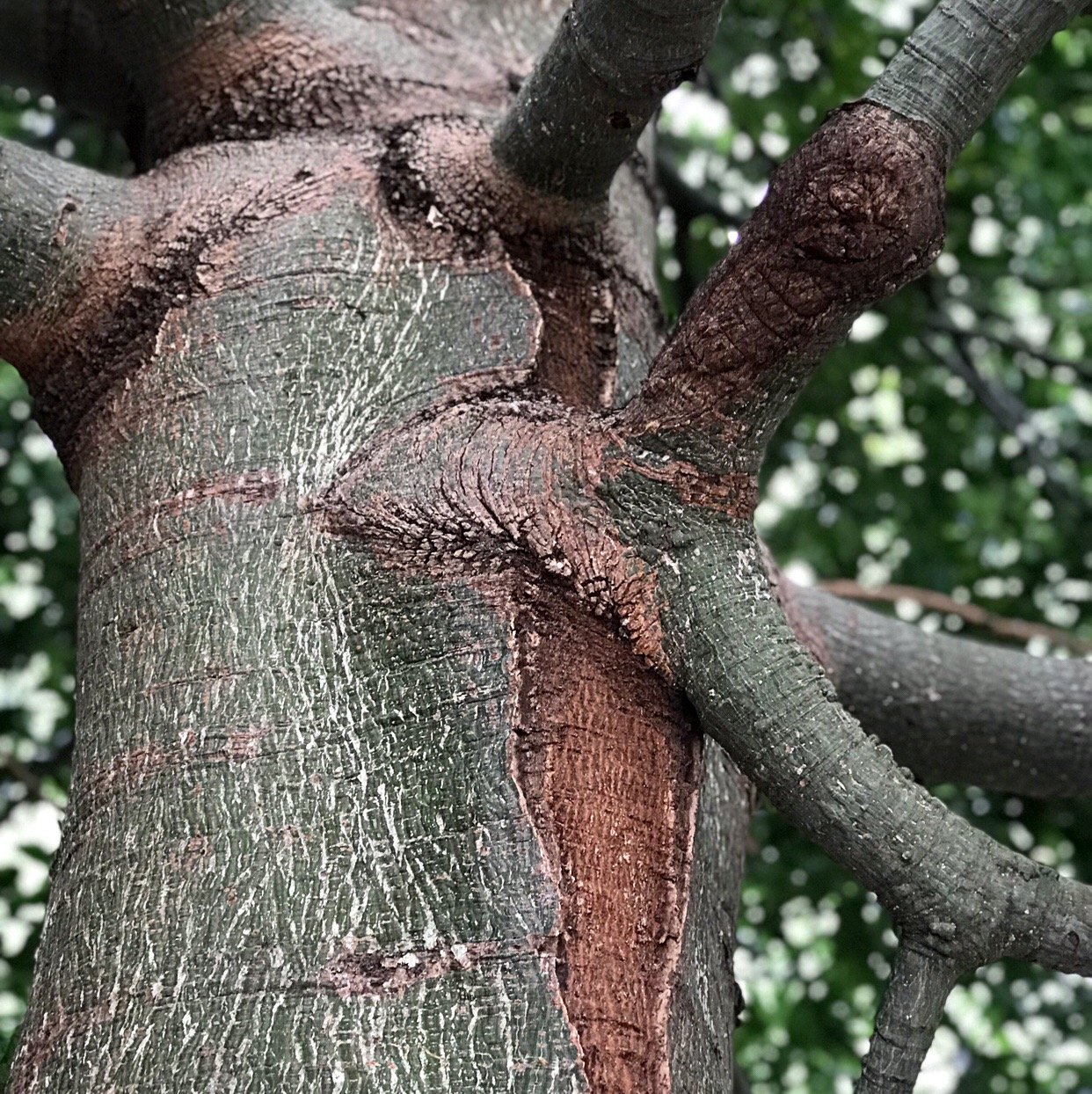
What do boabs, bottle trees, banksias, hairy men and hugs have in common? They are receptacles of stories.
Sniffing Out A Good Story
Stories have a way to fascinate, captivate and inspire us. Stories can be right in front of our noses should we care to sniff them out.
Curiosity Thrilled The Cat
In fact, cultivating a healthy sense of curiosity I think is the best tool to enrich our lives. Curiosity can hone our creativity, as one of the skills of creativity is making connections. Gaining an understanding of things, albeit sometimes seemingly random things that pique our curiosity can enrich our lives in ways that we couldn’t possibly imagine.
Playtime
You could say that curiosity is play. Play develops our problem solving skills, imagination, creativity, and our physical, cognitive and emotional faculties.
Interesting Net
I am always looking at random bits of information on the net. Often one tidbit of information on a subject can be the start of an interesting journey. It is called the internet I think for a reason. Once we pull up our net we never know what interesting things it may contain, maybe a fishy tale or possibly a message in a bottle?

Bottle Trees
Lately I have been fascinated by bottle trees.
Bottle trees are interesting trees to me. Their bulbuous trunk is a distinctive feature of these trees, which are often feature trees in gardens.
The most popular species is brachychiton rupetris, commonly know as the Queensland Bottle Tree or Narrow Leaved Bottle Tree. It takes about five to eight years to develop the distinctive distended or bottle like appearance.
Form Follows Function
Bottle trees get their name not only because of their unmistakable bottle shape, but also because like a bottle they hold water. The swelling is due to water they contain held between the inner bark and trunk .
These deciduous succulent trees are hardy, and can withstand temperatures of -8 up to +50 degrees celsius.
They were known to the indigenous Australians as good water trees. The roots provided them with a source of water, as well as nutrition as they could be eaten.
Inner Netting
The Australian indigenous people used the fibre from the inner bark for making rope and twine suitable for to produce nets and strong fishing lines to catch fish and birds.
In fact, Kurrajong, a species of bottle trees, comes from Dharuk garrajun “fishing line”, as fishing line was made from kurrajong bark.
Brachychitons
Brachychiton is a genus of trees that includes more than 30 species commonly found in tropical and subtropical Australia.
Some of these trees include the narrow-leaved bottle tree or Queensland bottle tree mentioned above, as well as the broad-leaved bottle tree, the critically endangered Ormeau Bottle Tree, and Proserpine or Whitsunday Bottle Tree, as well as a number of species of Kurrajongs and the well known and much loved brilliant red flowering Illawarra Flame Tree.

Ormeau Bottle Tree Brachychiton sp. Ormeau
Over the 2018 Christmas break my curiosity got the better of me. I have been growing a couple of Ormeau Bottle Trees which I managed to acquire through a native nursery about 1.5 hours away. I have not seen them in any other nursery. These trees are critically endangered in the wild and are hard to come by commercially.
In the wild Ormeau Bottle Trees are found in a very restricted area of about one square kilometre in the Ormeau/Pimpama region and also a few scattered trees in isolated pockets through this area.
They are rainforest trees and survive in small pockets of rainforest often in gullies along watercourses. All up there are around 208 wild trees which are being boosted by nursery grown and ‘released’ (planted) trees in the wild.
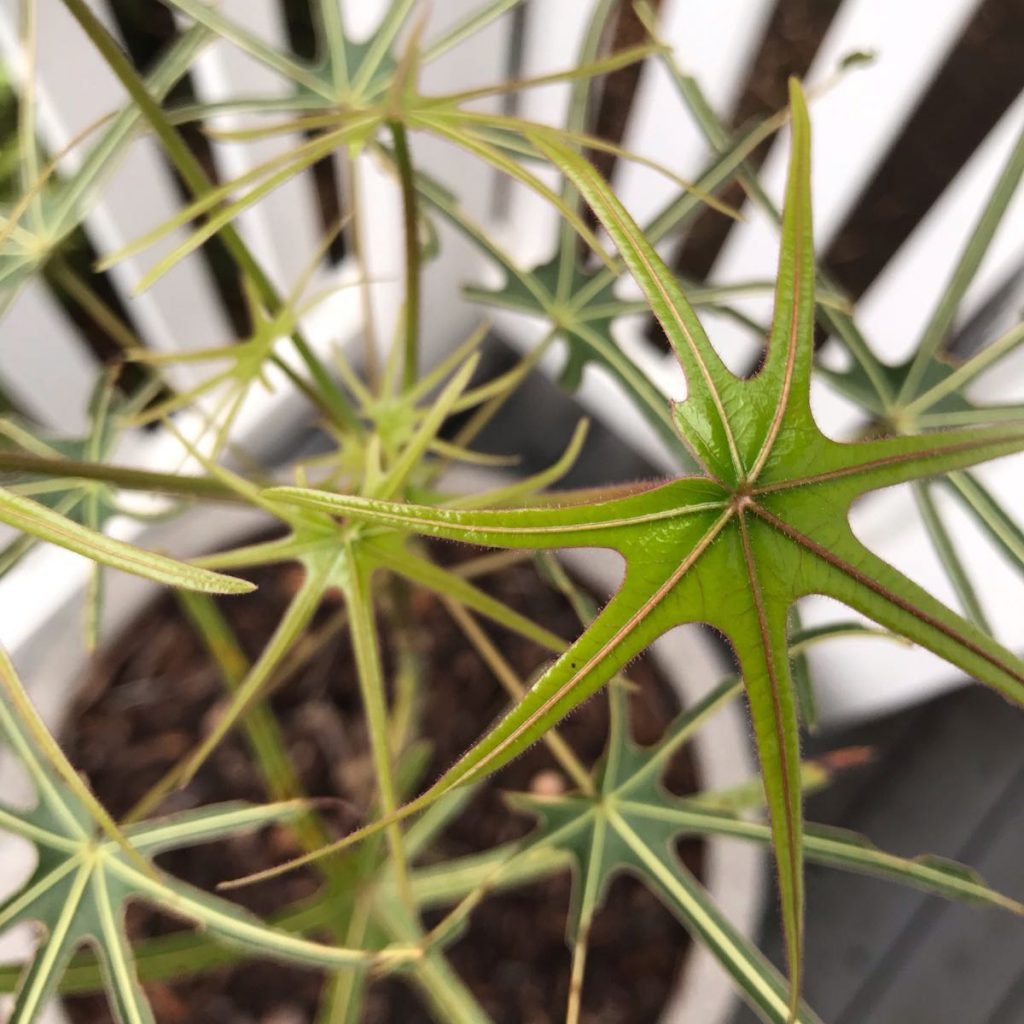
I wanted to know what a fully grown tree looked like. After a bit of research I managed to track down the location of one of these ‘wild’ trees and got in the car to pay it a visit.
I was surprised how easily I located the tree as it was positioned on the side of the road. The tree didn’t have the typical ‘bottle’ shaped trunk that I had expected. Instead the trunk was stout yet straight with thick branches disappearing into a dense green canopy. It could have easily been mistaken for a mango tree.
I felt honoured to think that very few people not only know about this rare gem within our midst but few including those who are trying to save the tree from extinction, have ever seen a wild specimen.
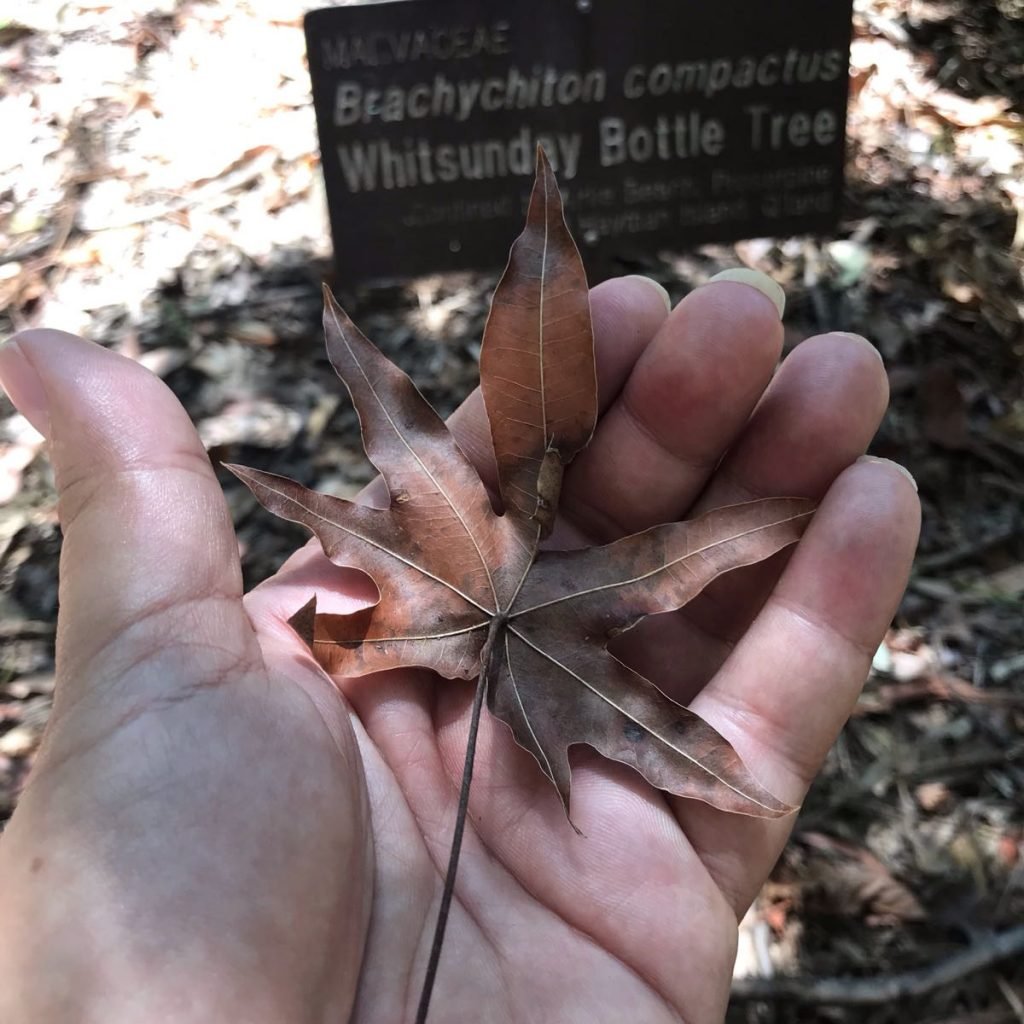
Whitsunday Bottle Tree Brachychiton compactus
While on our annual break we spent a few days in and around Coffs Harbour. While there I discovered that the 20 hectare North Coast Region Botanic Garden in town had a rare and endangered Australian native garden. I wondered if they may have any bottle trees?
To my surprise they had a species that I hadn’t heard of. It was the Whitsunday or Prosperpine Bottle Tree. This bottle tree is only found in and around the Proserpine region in central east Queensland, specifically Prosperpine, Airlie Beach and offshore islands including Hook, Armit, Hayman and Double Cone Islands.

Just like the Ormeau Bottle Tree, the juvenile leaves are very different from the adult leaves. Juvenile leaves are ‘hand’ shaped whereas, adult leaves are typical ‘leaf’ shape.
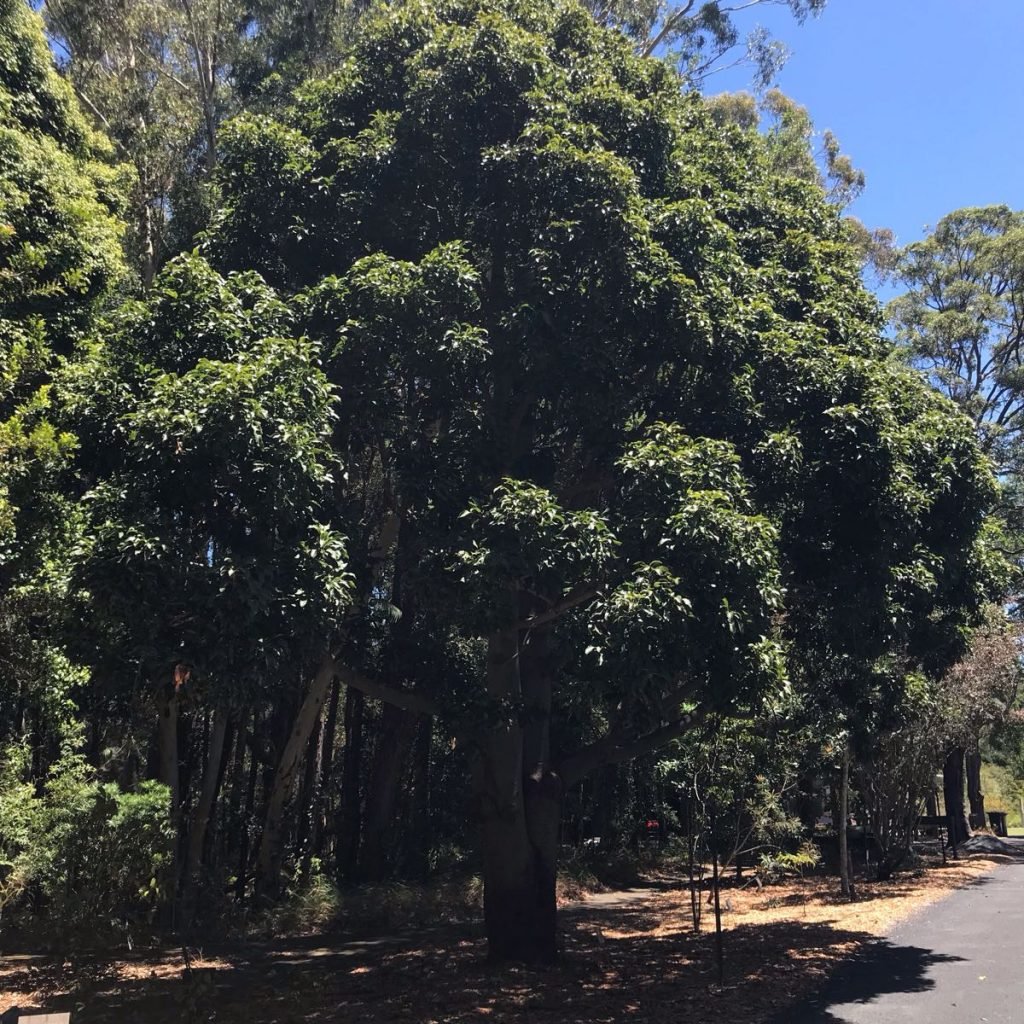
Brachychiton × turgidulus
You never know what fish you will catch when you cast your net, or what bottles may be caught in the catch.
My curiosity led me to another bottle tree in the botanic garden collection at Coffs Harbour. I thought I had hit the jackpot as the description of the range of another tree made me think it was an Ormeau Bottle Tree.
The sign read ‘restricted to dry rainforest pockets in SE Queensland, Darlington Rge. Ormeau’. This is where the Ormeau Bottle Tree range is. But the scientific name was different.
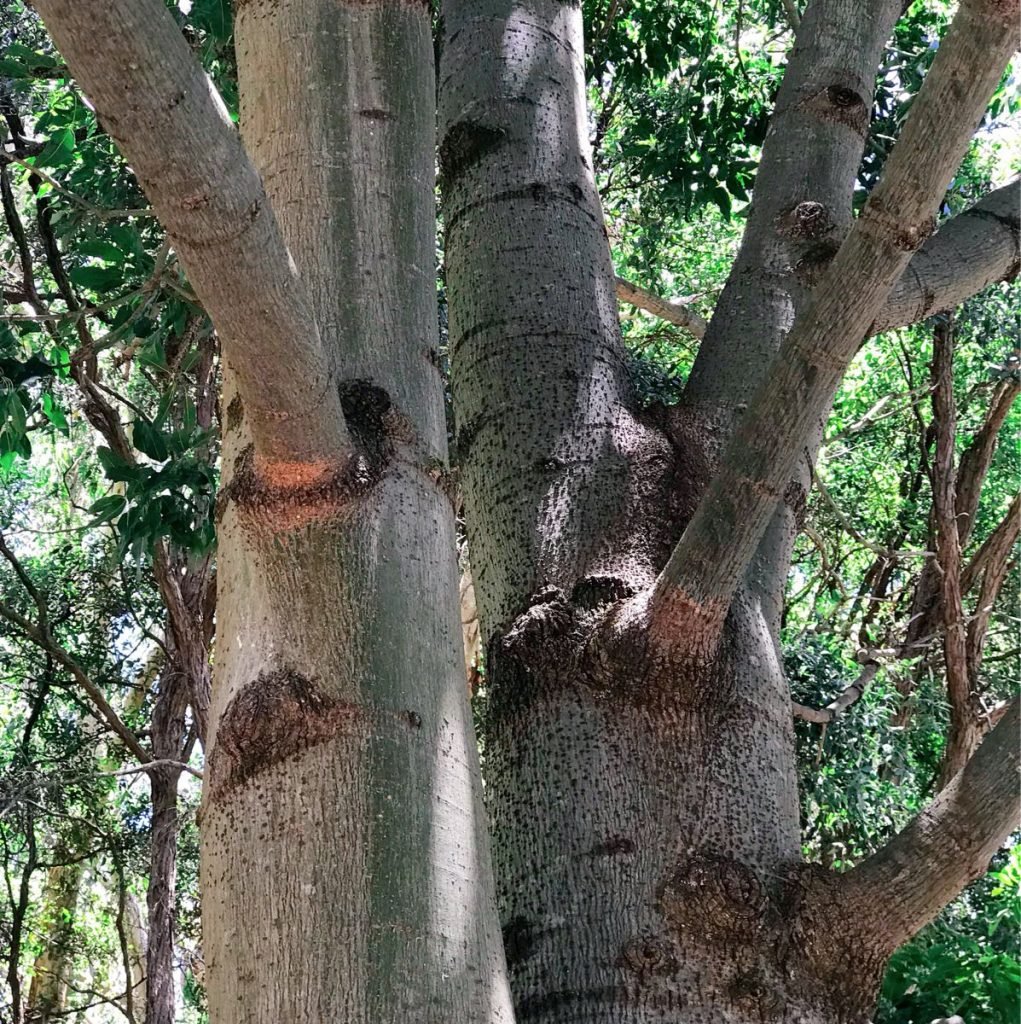
This tree which looked somewhat like a mature Ormeau Bottle Tree was a naturally occurring hybrid, a cross between a Narrow-Leaved Queensland Bottle Tree B. rupestris and the kurrajong B. populneus subsp. populneus. These hybrid bottle trees range according to Wikipedia is east of Boonah.

Either the range description or the species name is wrong. It may be something that my curiosity may drive me in the future to contact the botanic gardens to find out.
Riding The Winds of Adventure
Curiosity is a trait we should all develop if we want to live lives that are filled with excitement I think. Just like the boat-shaped pods of bottle trees, it is incredible how curiosity mixes with synchronicity to help me on my voyage of discovering all about bottle trees. A simple visit to a botanic garden all of a sudden is filled with more meaning and excitement simply through developing and expanding on an interest.
Message In A Bottle
As I research and write about bottle trees I am brought to remember that bottles have great symbolic and cultural meanings. Beyond their utilitarian value, bottles hold many secrets.
Messages in a bottle, a bottle that may have been cast into the ocean many years ago and drifted by the winds of chance for us to discover. Within the message in that bottle we may discover stories that inspire our imagination and can change lives…

Return To Sender
An example is the story of Dorothy and John Peckham, a couple vacationing in Hawaii in 1979. They decided to have a bit of fun by placing notes and cash inside empty champagne bottles and tossing them into the Pacific from their cruise ship. They added one dollar to each bottle as a way to provide postage to anyone who should find the bottles and wish to write back to them.
Little were they to expect that one of these bottles would be discovered by two refugee brothers fleeing Vietnam floating helplessly off the coast of Thailand. When they reached the shore, they used the dollar to purchase postage stamps and mailed a letter to the Peckhams who helped the two brothers and their families to move to the United States and start a new life.
Receptacles of Energy
Bottles can be as the story above illustrates, receptacles of energy. A simple note together with a dollar note in a wine bottle left to the mercy of the ocean and chance can change the course of people’s lives. The fate of currents delivered the message and currency to the person who really needed it.
Stories are thoughts transformed into energy. When we hear stories these can have a transformative affect on our thinking and decision making.

Hairy Men, Bottle Trees and Banksias
One such story is that of Wattun’ goori – The Story of the Hairy Men How the Banksias Came to Be. It is a fascinating story, just one of many told by Australian indigenous cultures.
As the narrators of this story write in their forward:
The stories do not in themselves act as an instruction manual – rather they point the way and encourage The People to think, to learn and to live. It is hoped that by sharing our stories, you too may be able to think, to learn and to live in This Land.

Stories have a way of transforming us in ways that traditional teaching of instruction can’t.
Anyway, onto the story…in a nutshell, the story is about a group of indigenous people and how they walked through their land looking for food in an extreme drought. The waterholes dried up, animals died, as did many plants and trees.
In that time there also existed the hairy men. There were the Dooligah who were as big as trees, and the Kuritjah, who were the size of milk cartons.
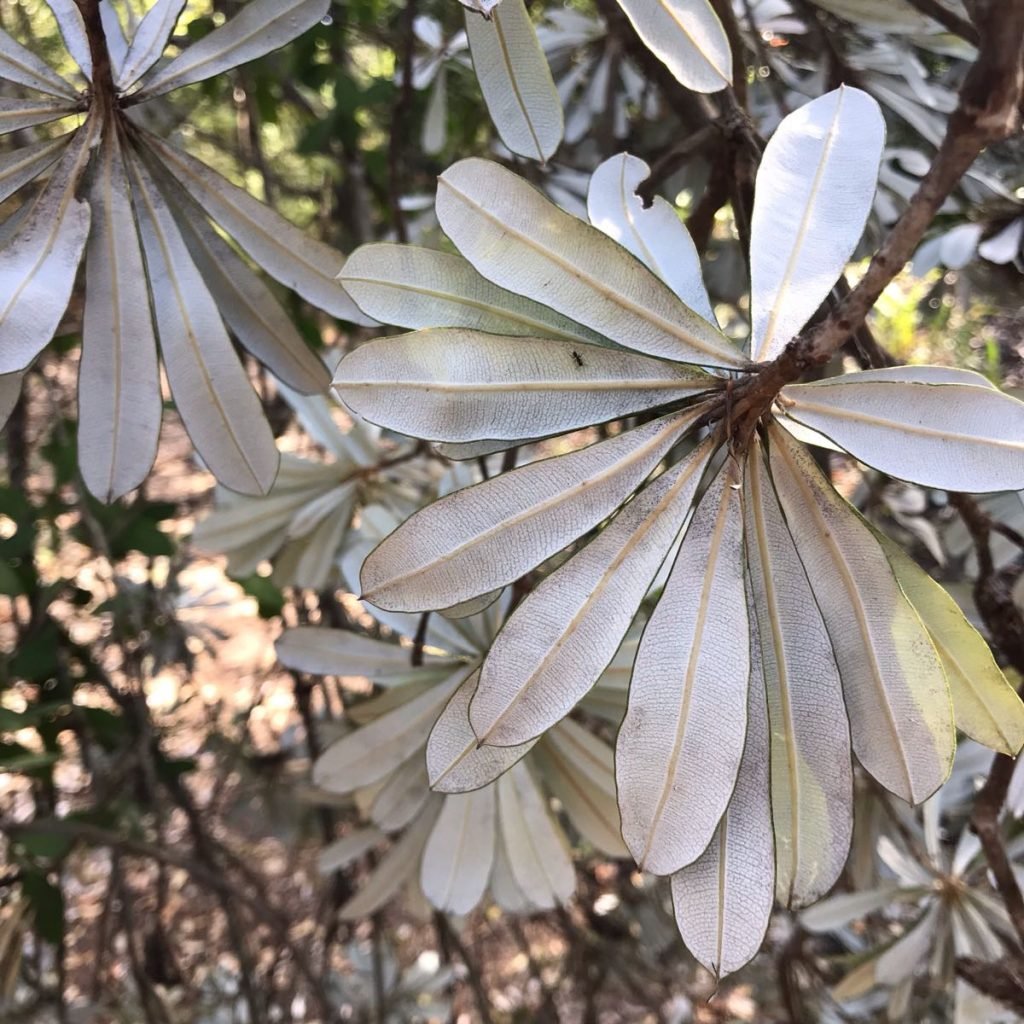
The D’harawals, which were the people who lived when the white people first came to Australia lived off the roots and tubers of the plants. The little hairy men or Kuritjah lived off the nectar from blossoms. However, the big hairy men had nothing to eat and were weak with hunger unable to catch the odd kangaroo that strayed past their caves.
One day a mob of D’harawals were close to the caves looking for roots and tubers. The parents always said to the children not to stray and make noise. Some of the children didn’t listen and as the mob moved on some of the children were caught and eaten by the Dooligah, the big hairy men. Other children were kept in their cave to be fattened for later.
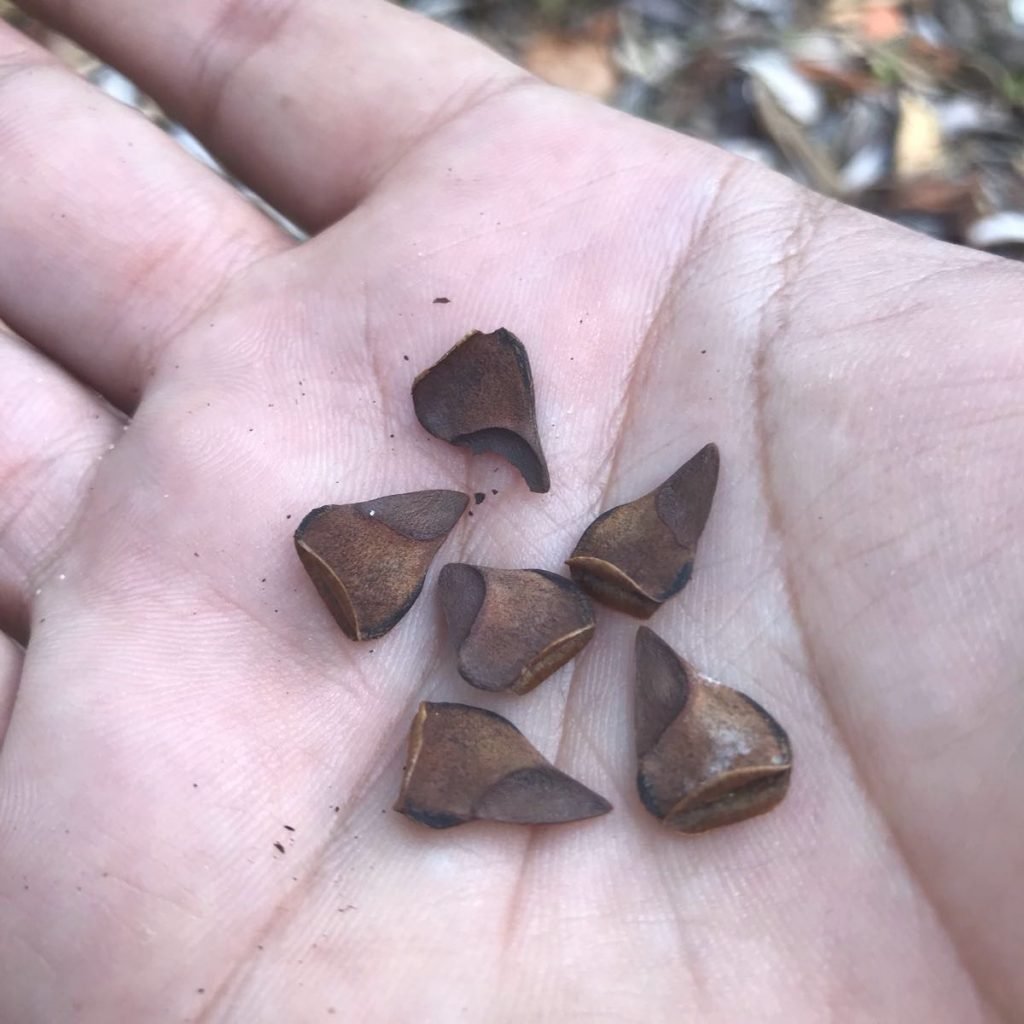
The stories continues, and the short of it is that the D’harawals after finding out from the little hairy men that the big hairy men had stolen and eaten their children to start a war with the big hairy men. The Kuritjahs didn’t want a war because they knew that in wars many people get hurt, and often it is the little people who first get hurt.
The Kuritjahs met with the Dooligahs and told them of a wonderful tree, the Kurrajong, a type of bottle tree and how wonderful it was. The kurrajong being hollow were filled with honey and would provide shelter for the Dooligahs.
The Dooligahs entered the trees and while they were sleeping having feasted on the honey the Kuritjahs sealed up the tree trunk only leaving a small opening for them to breathe.
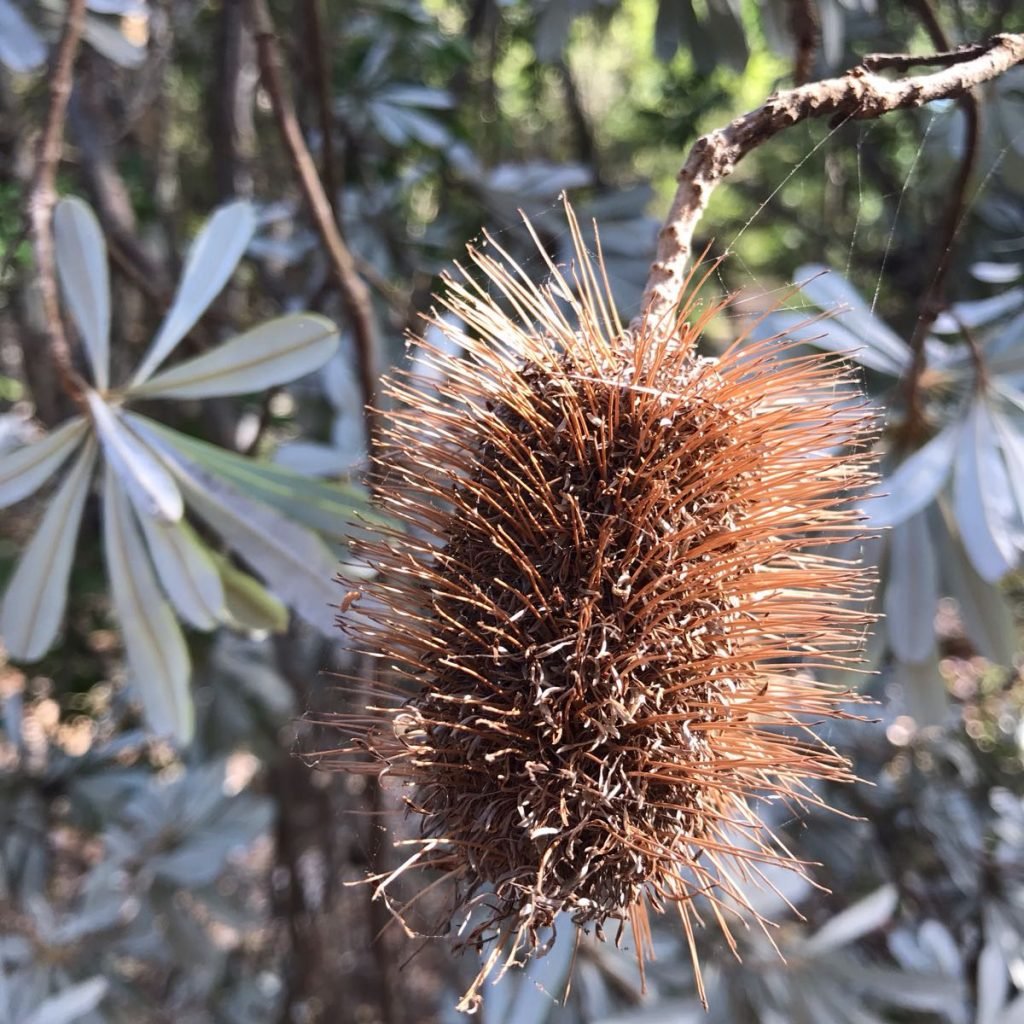
Their big hairy brothers were now safe and war was averted. The Kuritjahs were worried and so climbed trees to keep watch in case some day a bolt of lightening or a strong gust of wind should free the Dooligahs from their incarceration and cause all sorts of havoc.
To this day the Kuritjahs are still their, these little hairy men are what we call banksias keeping a watchful eye.

The Power of Stories
I love this story on so many levels, not only that it functioned to teach children, but it enriches the experience of walking in our environment. The day after visiting the botanic gardens we hiked along the Bundagaree Walk and Bluff Trail in Bongil Bongil National Park just south of Sawtell. This walk takes you through mixed forests filled with banksia and tuckeroo parallel with Bongil Beach, to dense rainforest of palms and vines and giant eucalypt, to dry eucalypt forest.
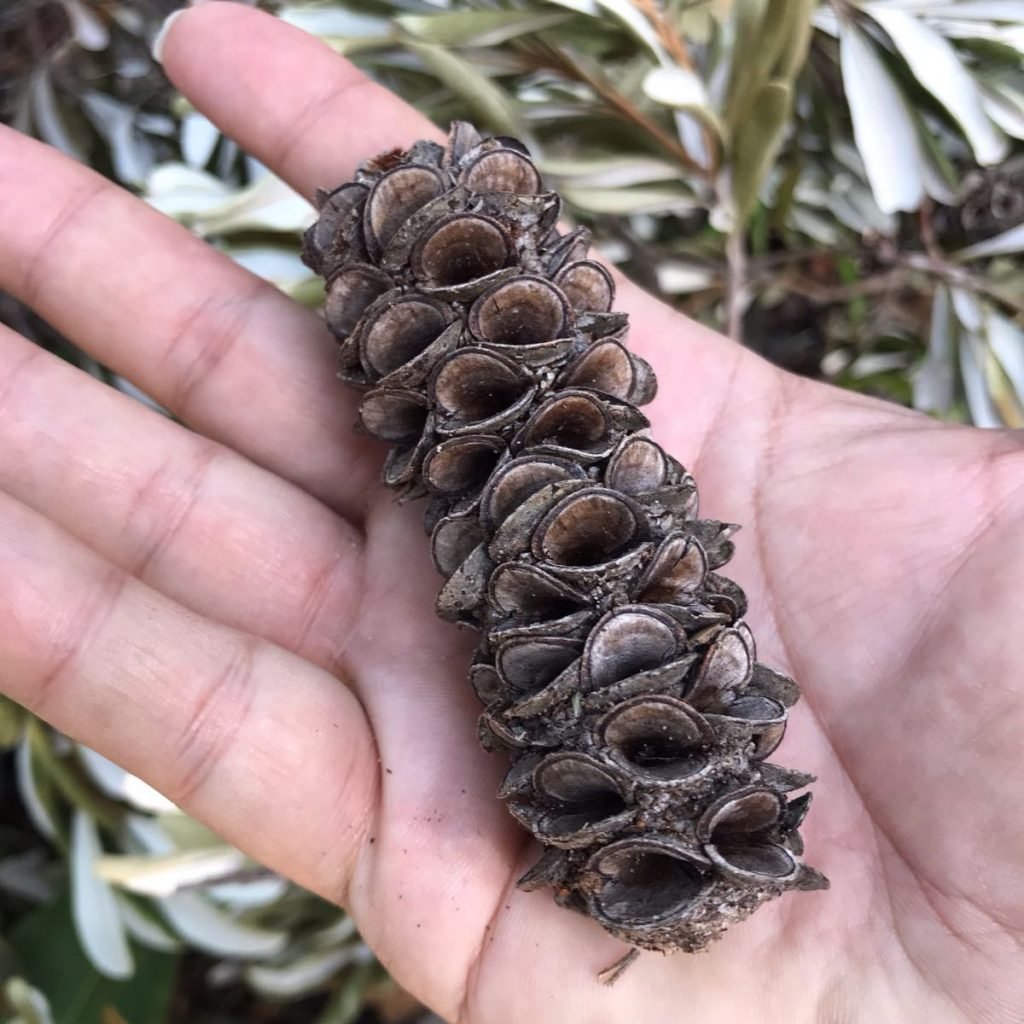
Along the way I admired the back of banksia leaves and picked up banksia cones, fascinated by their beautiful form. Had I known about the story of the banksia and the hairy men, no doubt it would have added another level of richness to the experience. The cones have a series of ‘eyes’ in which the seeds sit, no doubt keeping many eyes upon the Dooligah.

Boababs, Boabs and Bottle Trees
Curiosity helps us to discover and separate facts from fallacy. I had often thought that bottle trees were a species of baobab tree. They are a totally different genus, Boababs being the common name for six species in the genus Adansonia. Four of the species are in Madagascar, one on mainland Africa and the other in Australia.
I always wondered what the difference between a Baobab and a Boabs were. The answer: pure laziness. We Australians have just dropped a couple of letters to shorten the word, which is very Australian indeed. We also like to change the endings. For instance Sharon becomes Shazza and Darryl become Dazza, Warren becomes Wazza, you get the drift.

Patterns and Connections
As I think about boabs it is hard not to make the connection of the incarceration of the Dooligah in the indigenous story of Wattun’ goori and the Prison Boab near Derby in Western Australia. This tree, thought to be 1500 years old, with its hollow trunk was thought to have been used to imprison indigenous people a century ago, chaining them up inside, or the shade of the tree. White men may have heard the story of the Dooligah I wonder?
To the indigenous peoples of the Western Kimberley, ancient boab trees are often regarded as cherished individuals with unique personalities.
Tree Beings
Just like the bottle drifting on the mercy of the winds and currents so to does this blog. I see the connection between boabs being seen as cherished individuals and how some bottle trees have in our Western world come to symbolise people who have passed on.

In the outback Queensland country town of Roma, 93 Queensland Bottle Trees (Brachychiton rupestre) were planted to honour the men of Roma who died in WWI. The Heroes Avenue is a unique outback boulevard.
The first tree was planted in 1918 in honour of Lieutenant Corporal Norman Saunders who was killed in France in 1916, and is locally known as the Tree of Knowledge. Bottles and trees as we have seen are receptacles of knowledge. Memory reconnects us to the knowledge.
Spirit In A Bottle
You could say that each tree is infused with the spirit of the fallen soldier and lives on with the tree. The idea of both trees and bottles containing spirits is very old.
Many cultures speak of tree spirits and the ancient and profound wisdom that they possess.
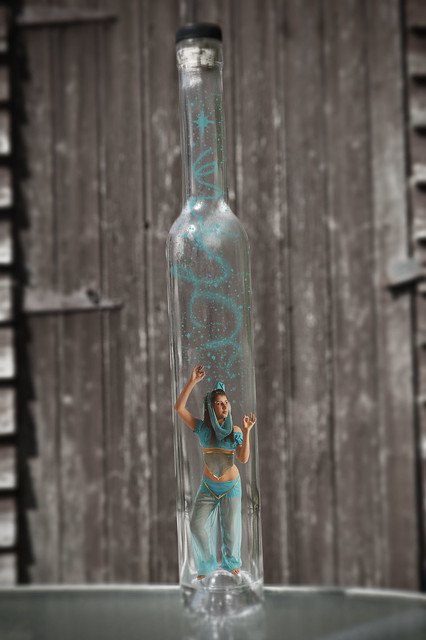
Livy Duke’s ‘Genie In A Bottle’ – Flickr Creative Commons –
Bottles also may contain spirits according to some ancient and pagan cultures. Bottle imps or genies could be captured in bottles (think Aladdin and his magic lamp).
Bottles were used to capture or repel bad spirits. It was believed that roaming night spirits could be lured and trapped in bottles placed around entryways and morning light would destroy them.
Just like bottle trees and boabs, bottles were perfect for containment.
Raising Spirits
Not only do bottles contain spirits they can also lift our own. Spirits and other alcohol help to connect us with others, to celebrate life and to share our stories and joy of life.
Giving a bottle of wine as a present is a gift that is appreciated by many. What is contained within can help lift the energy of a celebration. What it contains can help us to remember and also to forget.

Gifts Are An Exchange of Energy
When we give to another we exchange energy, more so when that gift is a tree. Besse Jackson owns and works a farm outside of Quilpie in Queensland. Besse had transformed her farm over the years growing a forest on her property and towards the far corner of her farm she had a Queensland Bottle Tree.
She would go to the tree everyday and sit under it and draw energy and inspiration. Being a keen theatre goer and having learned that the Queensland Theatre was relocating she wanted to bring the healing energy and spirit of this tree for others to share.
Besse The Queensland Bottle Tree
The Company loved the idea and the tree was carefully transported and planted at 78 Montague Road, South Brisbane on Saturday 11th May 2002. The company named the tree after Besse, in honour of her love of not only trees but also of Queensland Theatre.
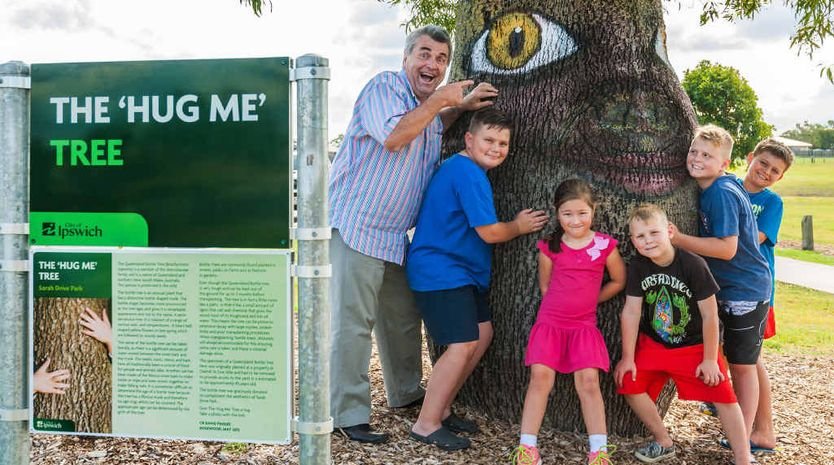
The Hugging Tree
Trees are receptacles of energy. They are living beings and the stories that they help us weave enrich our lives. Hugging a tree may not be your cup of tea, but one such tree has become a magnet for tree huggers.
This Queensland Bottle Tree had worn out its stay at a One Mile residence, its foliage overshadowing the property. They decided to donate it to Ipswich Council and it was relocated to Yamanto providing shade and street appeal.
Since its relocation, councillor David Pahlke said the bottle tree had taken on a life of its own.
“The tree has a natural indented smile which includes two eyes and a nose, so we got a local artist to put a friendly face on it,” Cr Pahlke said.
“I am now calling the tree the ‘Hug Me Tree‘ due to its shape and face and have erected signs to give the history of the tree.
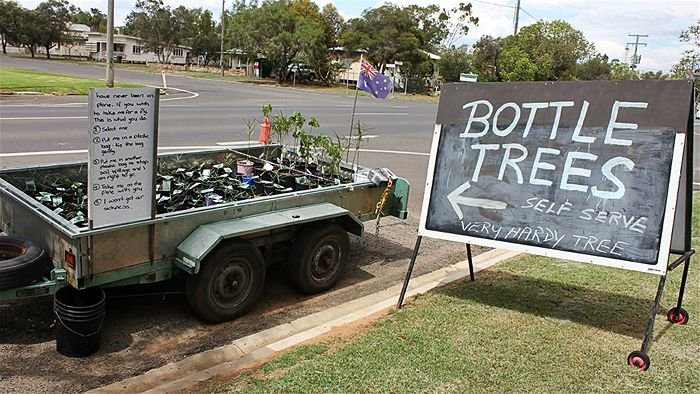
The Love of Bottle Trees
I can understand how people can develop a fondness for bottle trees after I began developing a fascination for these rotund characters. They continue to fascinate me as I learn more and more about them. With such big girth’s they take a whole family to be able to give them a big wide hug. From hairy men to soldiers, the stories that surround bottle trees are worth bottling.
This obsession is shared by a few eccentric others. Including a Roma local by the name of John Bushell who has been growing bottle trees for 40 years. He has set up a stand under the oldest bottle tree in town that has a circumference of 9 metres, selling bottle tree saplings.
They are an ancient and majestic tree,” he said. “With the scrub pulling of years gone by a lot of trees disappeared, so I’ve always tried to keep them growing.
Each tree is unique and constrains its own wisdom and no doubt Mr Bushell can see this. He also can see how that with his obsession for bottle trees he will help to bring awareness and appreciation to these trees and prevent them from going the way of the Ormeau Bottle Tree that was saved from the brink of extinction.
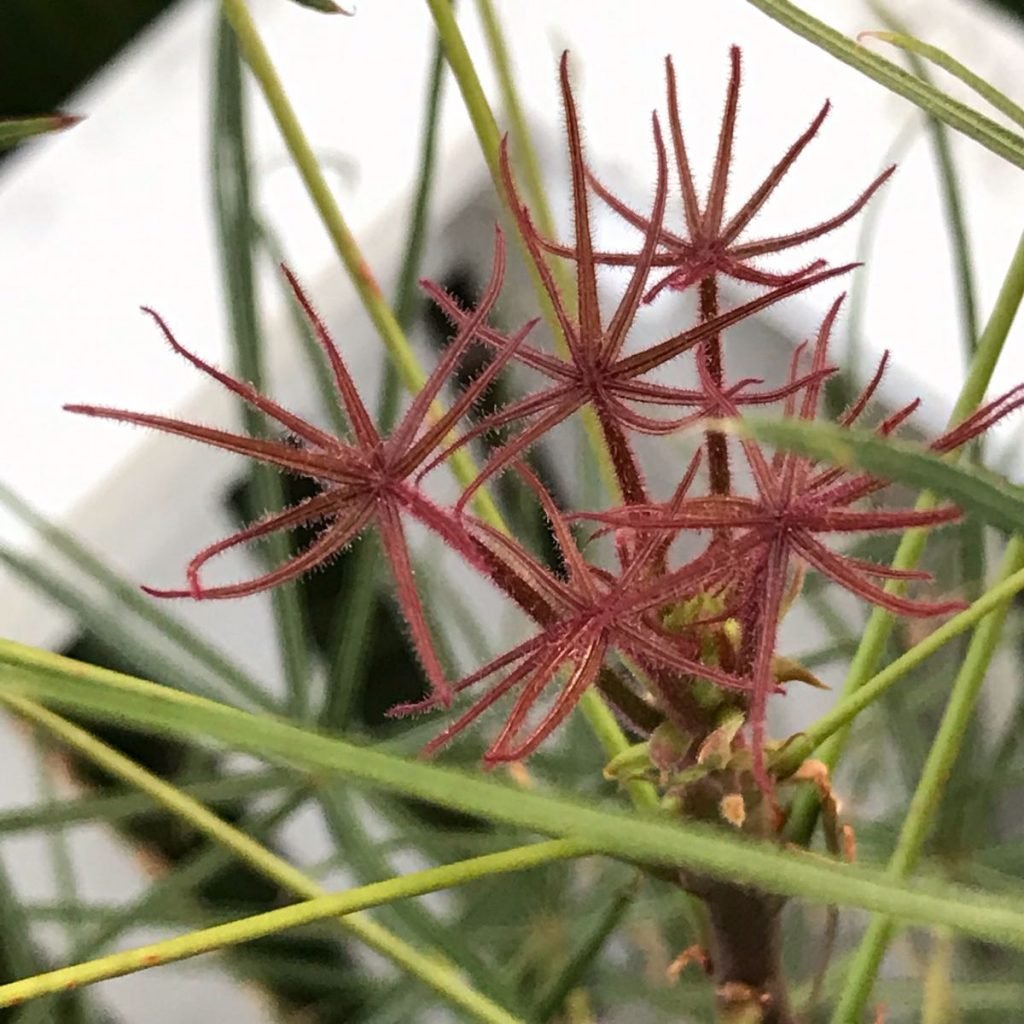
Thirst For Knowledge
I have wondered why I have become so intrigued by bottle trees of late. I think bottle trees slake my thirst for knowledge. They pique my curiosity.
Story In A Bottle
Bottle trees are the eccentric yet wise trees of the bush. They contain many stories and much wisdom. For their static nature they are able to take me on a journey of discovery, and on the way making serendipitous connections between seemingly unrelated things.
Bottle trees are big fat huggable wise and wonderful trees that contain mythical hairy men and spirits and who’s individuality has been the start of many a good yarn.
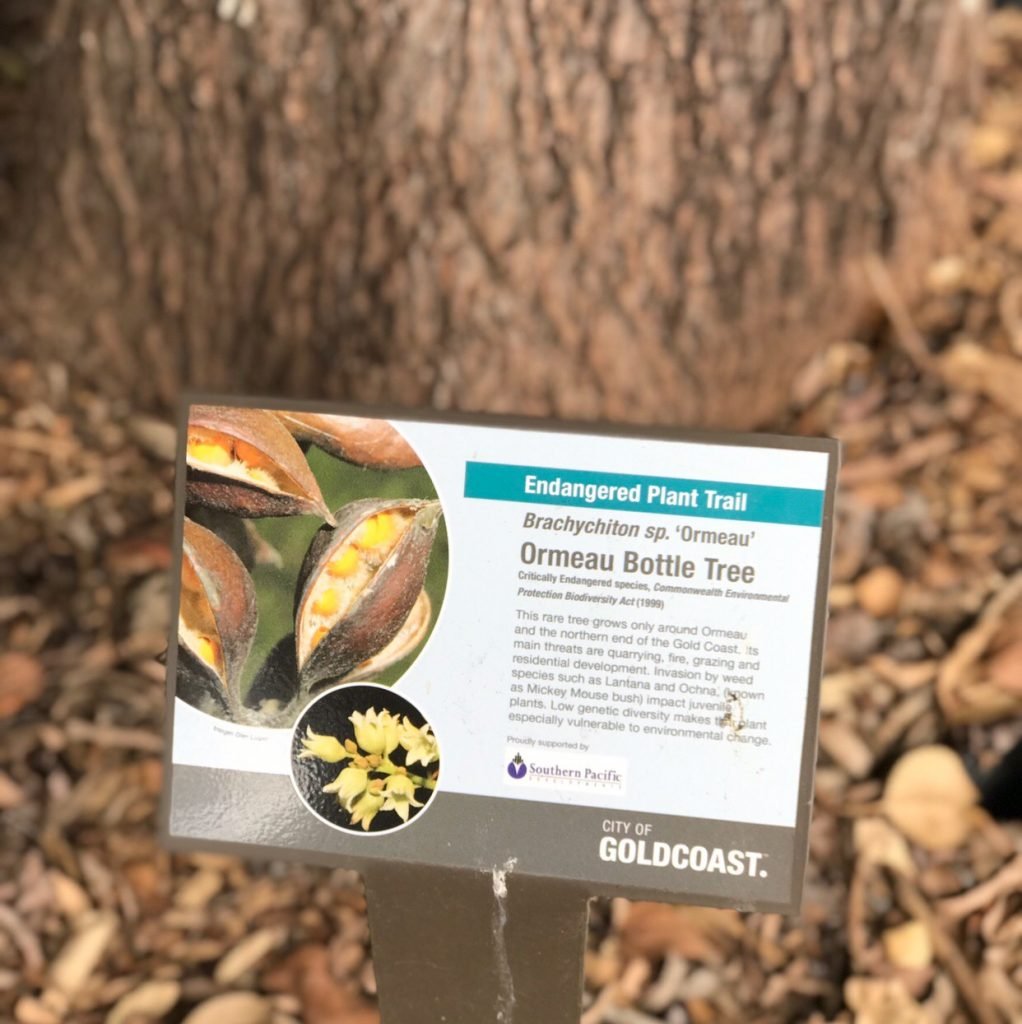
Unleashing The Genie
It is quite amazing how when we have an interest it unleashes the genie within the bottle and attracts serendipitous occurrences that helps us further develop our interest and knowledge in a subject. I had written this blog about 6 months ago but wasn’t ready to publish it till now.
Botanic Beauty
As it happens, about a month ago I went on a guided tour of the Gold Coast Botanical Gardens. Ironically, the tour was about our disappearing Wallum woodland. The Wallum Banksia (Banksia aemula) is the floral emblem of the Gold Coast and the Botanic Gardens.
While on the tour I was shown a magnificent Ormeau Bottle Tree specimen that was transplanted into the gardens. It is a very large tree and must have taken some Herculean effort to move. I wonder if most people enjoying the natural beauty and amenity of the park would have ever noticed this tree or knew of its rare significance?
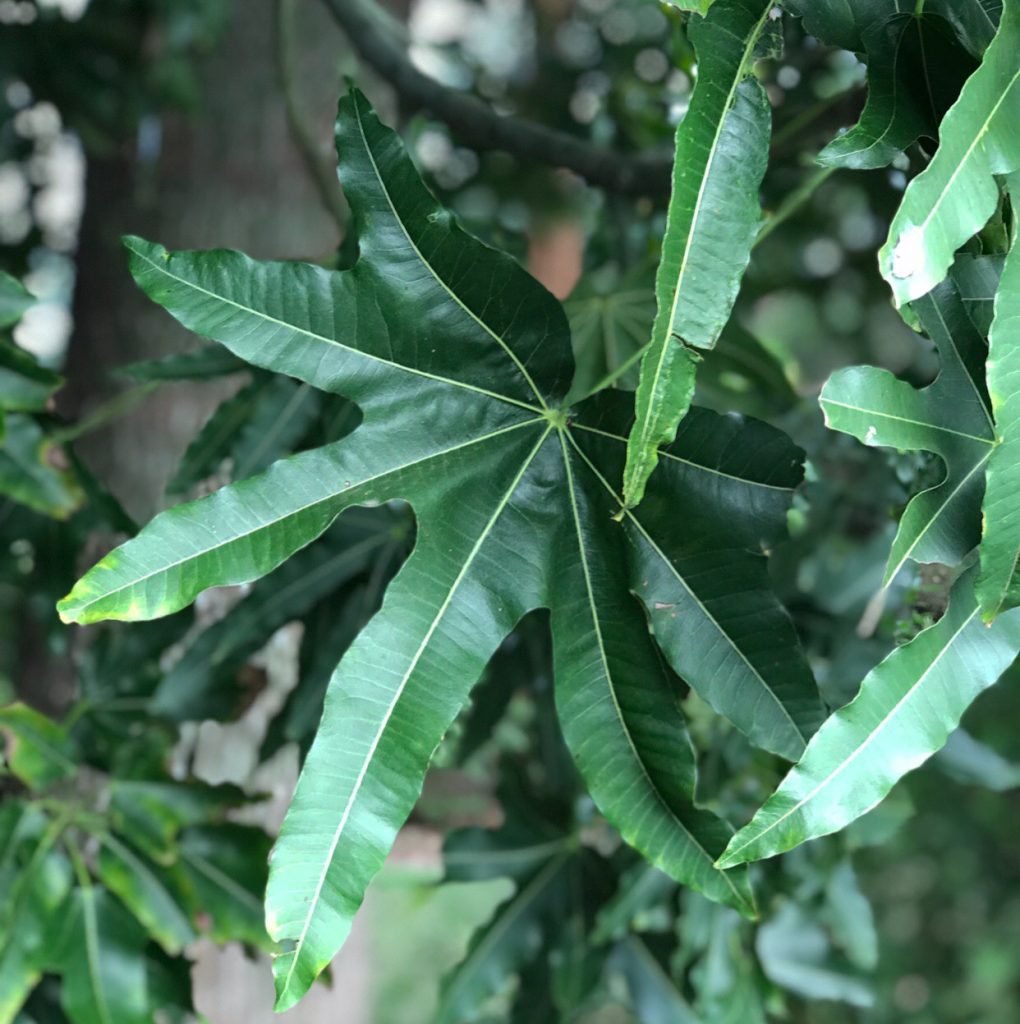
Serend-Bottle-Tree
A couple of weekends ago I attended a Catchment Crawl. It is an annual tour organised by the Gold Coast Catchment Association that highlights some of the incredible work that is being done to restore natural habitats.
On this tour I happen to meet the scientist, Paul Donatiu, involved in a recent survey of the existing Ormeau Bottle Trees in the wild.
A survey was conducted in 2009 which found that the population comprised of 208 individual trees. 121 were mature trees and 87 were juvenile trees. Whilst surveys in 2019 found hundreds of juvenile trees, the number of mature trees stayed the same.
I was excited to learn more about these trees from someone in the field. One of the findings was that many of the juvenile trees were on the ridges away from the protection of moist gullies.

The Ormeau Bottle Tree Project
Just this weekend I was excited to attend a community event in the heart of Ormeau Bottle Tree country. The Ormeau Bottle Tree is so highly localised that the entire natural population is found within the upper Pimpama River catchment of the northern Darlington Range.
The community event was organised by Healthy Land and Water, funded by the Australian Government, and undertaken in partnership with the local community to raise awareness of this critically endangered tree.
Paul was at the event, together with local community groups and land managers, including North East Albert Landcare, Friends of the Ormeau Bottle Tree, Gold Coast Botany, Native Plants QLD Logan group, City of Gold Coast, Boral and Holcim.
The collaboration of all local community groups and land managers will ensure that the future of this rare tree is in safe hands.
There was information about the Ormeau Bottle Tree at the event, together with a walking tour by local botanist Glenn Leiper, co author of Mangroves to Mountains, to visit some of the wild specimens.

At the event I was given two Brachychiton species to add to my living collection – a Brachychiton bidwillii or Dwarf Kurrajong, and a Brachychiton populneus or Kurrajong.
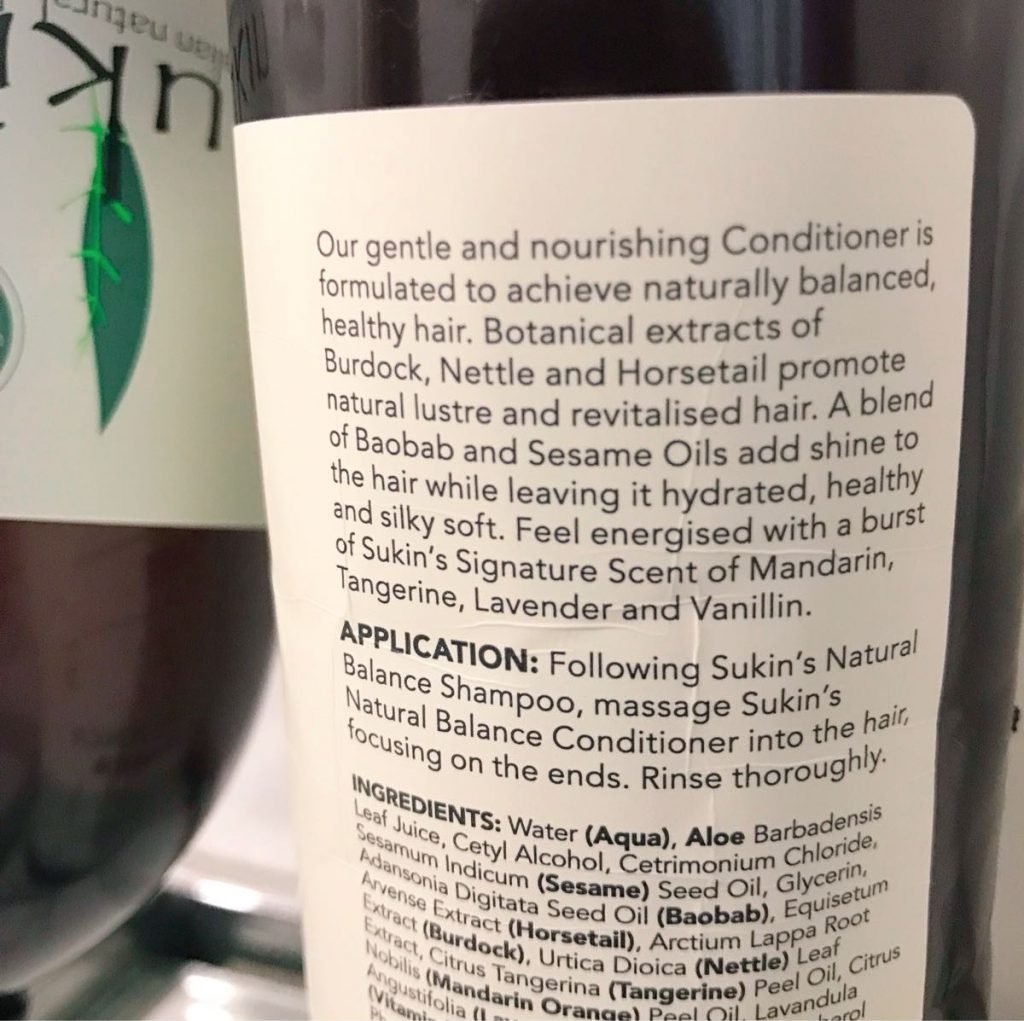
Boabab In A Bottle
Have you ever noticed that when you pay attention to something then all of a sudden, out of the blue you begin to notice that thing everywhere! This is your brain’s RAS or Reticular Activation System in action.
Just today, as I was penning these last words to finish off this blog, I had a shower and washed my hair. I had never paid attention to the ingredients in the shampoo that I use. What should be one of the ingredients, baobab, of course!
Boababs, boabs, bottle trees, banksias, hairy men and hugs, who knows where with a bit of curiosity and a lot of serendipity where the journey takes you!
Update: 7th July 2019
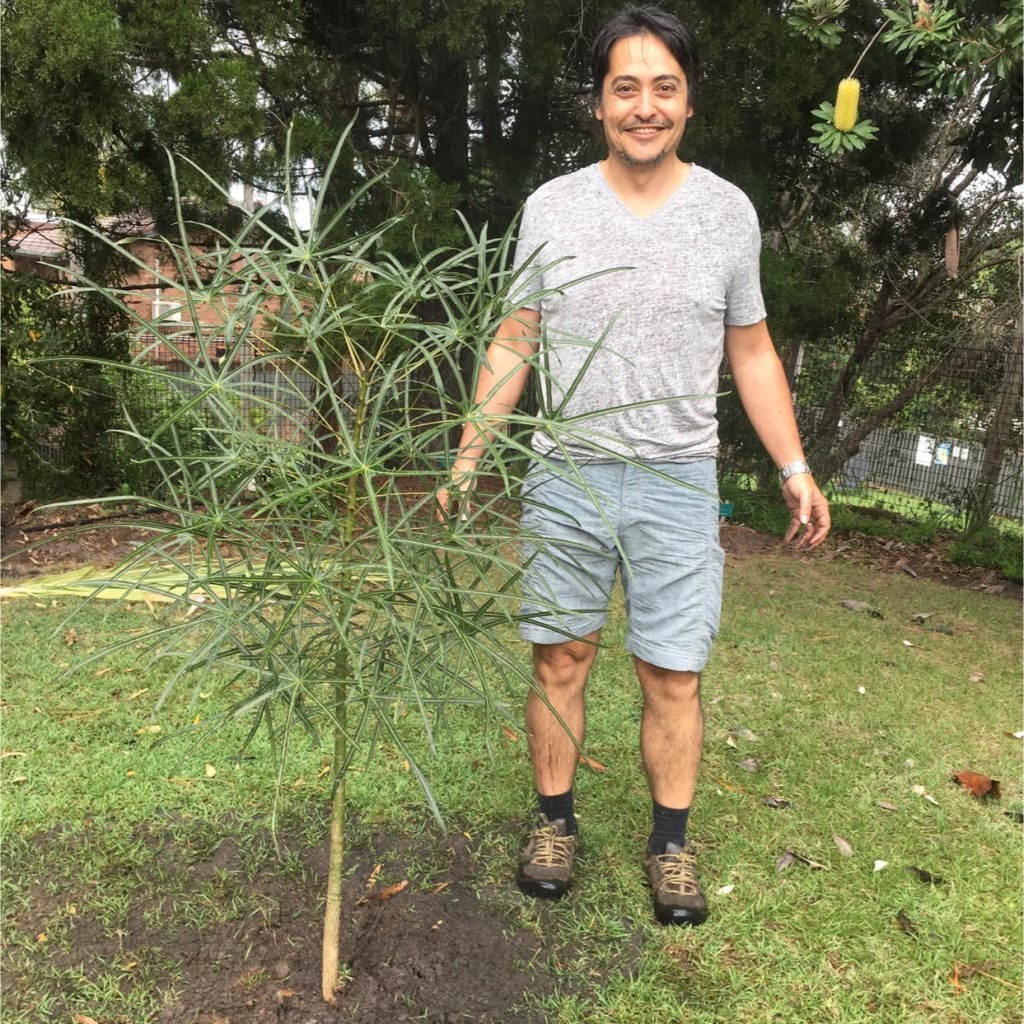
Creating His-Tree
Today was a special day. The Gold Coast Historical Museum has adopted one of my rare and endangered Ormeau Bottle Trees.
The plant was getting “too big for its roots” in the confines of its pot (excuse the pun) and it was time that it should be given a home that allowed it to grow to its full potential. The tree may possibly grow 30 metres high and maybe almost as wide.
I wanted a site that would be accessible so that I could ‘visit’ the tree over the years and watch it grow into maturity as I would.
Picking The Right Spot
Dave from the Gold Coast Historical Soiciety came with his trailer and picked up the sapling. I met him down at the Museum grounds and we selected a site that provided northern sun and protection from southerly winds. We planted it on the lawn to give the sapling lots of space to grow and spread its branches.

‘Arthur’ The Ormeau Bottle Tree
I told Dave that the tree’s name was ‘Arthur’ and explained where the name came from. Last night we were called out to rescue a sick koala from Canungra. Unfortunately Arthur as I had called him was too ill to be rehabilitated and was euthanised. This really upset me, because in the little time that we spend with koalas we rescue it is hard not to fall in love with them and get to know their unique personalities.
Arthur was a very difficult koala to get down and off the tree into a transport carrier. Once we finally got him into the carrier we were surprised how placid he was and allowed Heidi to physically examine him without struggle. It was only this morning that it occurred to me that being so ill he had little energy left to fight.
Arthur was not in a healthy state. He had signs of clamydia with an infected eye and wet bottom. His fur had a distinctive reddish tinge which is often a tell-tale sign of disease, and he was emaciated and had a gash under his infected eye.
It really affected me this morning when we heard the news that he was euthanised. I kind of thought that there was little hope but there is always a big part of me that never loses hope. I was devastated as lately we have been out to a few call outs for sick koalas and few could be saved.
Commemoration Tree
As the news of Arthur’s death was so fresh, I said to Heidi I never want to forget him and it occurred to me that dedicating the Ormeau Bottle Tree in his honour would be a fitting tribute.
The Ormeau Bottle Tree is critically endangered and hopefully with the cooperation of passionate and dedicated land owners and organisations it may be saved in the nick of time.
The idea of trees commemorating people or events is nothing new. Just like the Queensland Bottle Trees in Roma that commemorated the fallen soldiers in WW1 that you may have read in this article earlier on. However, giving a tree a name may be a little eccentric.
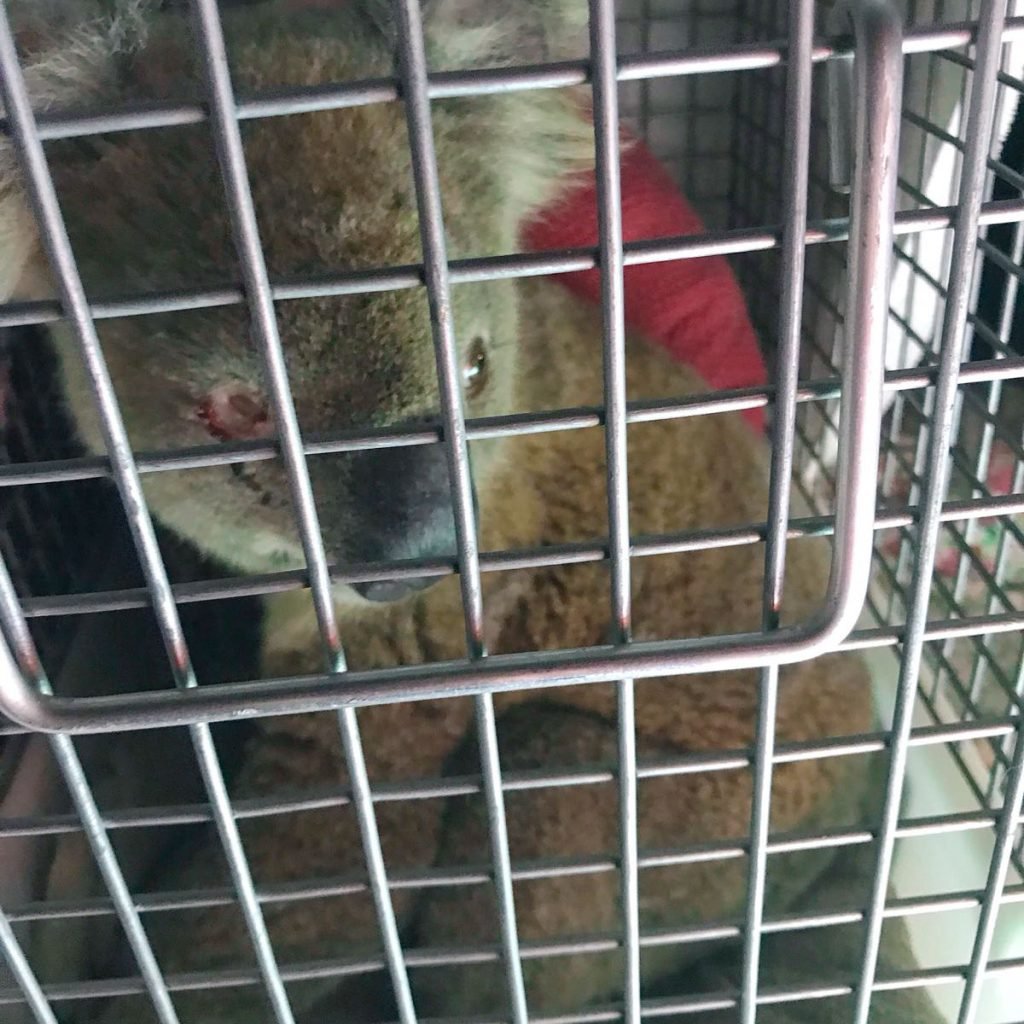
Personali-Tree
I told Dave from the Museum that the tree’s name was ‘Arthur’ and explained the tragic story of the boy koala and the sorry state that our koalas are in. As the words came out of my mouth I realised that it may sound a little ‘eccentric’ but was it really so?
After all we name our pets and they have distinctive personalities. So do wild animals. Each one is individual. The difference is the separation that we have created. An artificial line in our mind that categorises wild animals and this categorising bundles them altogether, and disconnects us from them.
If we take this idea one step further, is it really far fetched that trees, who are also living sentient beings may have their own personality if we choose to ‘get to know them’?
Growing Together
Tending and taking care of my Ormeau Bottle Tree that was situated outside my front door has meant that I have been able to watch it grow. Every time fresh new red leaves would shoot up I was overjoyed. Paying attention to the plant meant that I didn’t miss a thing watching it grow just like we would watching our pets growing up.
The fact that it didn’t react in ways that may seem immediately perceptible to us humans, I believed the constant care and attention I gave him saw him grow quicker and healthier. Another Ormeau Bottle Tree that I had paid little attention too in the same time only has shown slow growth.
Just A Faceless Number
This year I have been involved in mass planting events. These are incredibly important to help restore our ecosystems. However, because of the sheer numbers of seedlings planted it is difficult to get to know each one and their ’personalitree’. I would have planted hundreds of trees in these events and so that specialness of each tree is lost. After what we pay attention to grows.
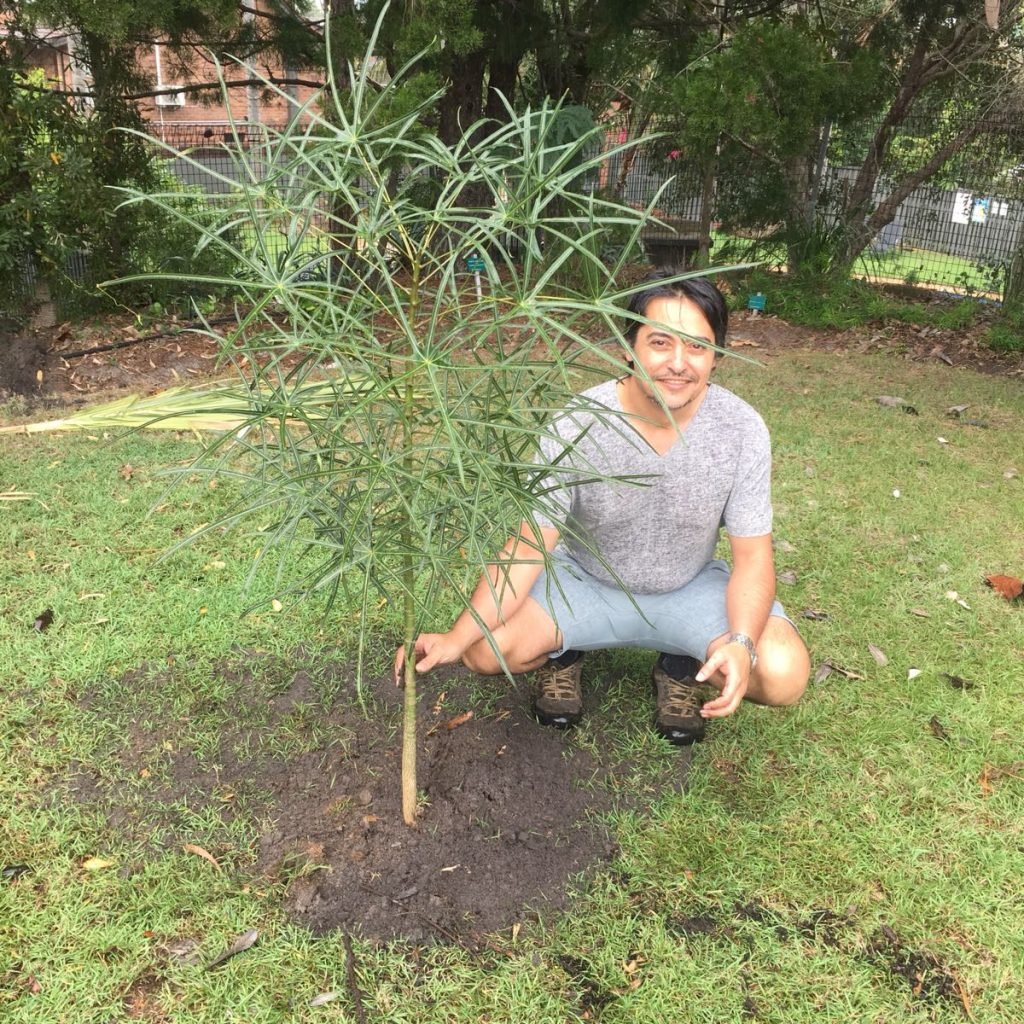
A Good Home
I feel blessed to have found a ‘good home’ for Arthur and to have the opportunity to go and visit him whenever I want to and to know that he will have every chance to grow and blossom into maturity, spreading his branches out wide and no doubt in this public place bringing oxygen, shade and appreciation of our fragile natural environment to others as they learn all about this critically endangered species.
Koala Streets
As eccentric as it sounds, planting a tree and giving it a name may be a great way to engage children in becoming more connected with their environment.
A couple of weeks ago Heidi and I were invited to do a talk to young students at Helensvale Public School about koalas. By all the questions and the way that our session went overtime we knew we had engaged and excited them. It is part of the Koala Streets program that we are developing to help our koalas in urban areas have a fighting chance of survival.
Planting Community Roots
An idea I have been developing for some time is that it would be wonderful to take the next step where we can restore and enhance the holding capacity of koala habitat through planting more koala food trees.
Imagine students who start primary school all plant an individual tree in their first year. Then imagine that once a month one of their classes is conducted outdoors and they visit their tree. They water it and remove weeds.
That way as they grow up so do their tree and they have metaphorically planted their roots in the community.
When they have children of their own some day they would continue the tradition. They would remember their childhood and what their tree meant to them.
Getting To Know Trees
I think developing a personal relationship with a tree, watching it grow and mature as you do so too may well be a way we can help heal the earth and rediscover our connection to all living beings.

